The Red Queen from Filippucci’s “Chess Series”
By Sandra Filippucci
I’m about to enter a new and revolutionary digital art market. A traditionally trained artist of the Boomer generation, I’ve been working with technology since the mid-1980s in both my own work and projects for clients.. Yet the world of NFTs (short for “non-fungible token”) has been as confusing to me as the Vietnam War. Please, somebody explain it to me! After fits and starts, I now view this new platform, also known as crypto-art, as an extension of my studio life. I did not understand crypto-anything until recently, and that journey is what this story is about.
I truly believed that this was all just leakage from adolescent male geeks umbilically attached to their play stations.
The adults in the room would surely unplug it all. A crazy fad…which is exactly what people said when Ford cars showed up on American streets and frightened all the horses in 1903. I was wrong. We are in a Promethean moment where the fire that Prometheus stole from the gods to give to humanity is now a new online entity called, “NFT’s”or “blockchain art,” supported by another new entity called “cryptocurrency.”
Although it emerged in 2009, the first time I heard the word “bitcoin” was around 2015. I was dismissive, vaguely associating it with online gaming or maybe it was online gambling. Zero interest. Six years later, I’m only just beginning to grasp that it’s part of a fast-moving, fire-breathing, inclusive power-to-the-people movement that is now inextricably linked to NFTs. It operates with cryptocurrency. Cryptocurrency money is different: it’s controlled by the activities of the users, not bankers, making it a volatile medium but an egalitarian one. That alone is a revolution, but there was another right around the corner.
It was five months ago that NFTs really caught my attention. My Millennial son hammered me because his friend was successful at NFTs and why wasn’t I making some? What the hell, Mom? Suddenly, I actually knew someone actually making NFTs. Game on.

Screenshot of Gavin Shapiro’s popular signature bouncing-flamingoes animated NFT with music by Yung Bae
My Millennial son’s Millennial friend Gavin Shapiro – a kind, smart, friendly motion-graphics artist – spoke in expert Elvish, or was it Klingon? Now you need to understand that Gen Xers and Millennials are the impetus behind this revolution because they were raised with animated toys, play stations, computer games, arcades, Tron, and every iteration of technology. Everything moved or lit up. They had their own language then, and they have their own language now.
I’m a bit unusual. I’m an older dame who has been involved with technology since it went from code into cafés during the early 1980s. But here I was in 2021 feeling like a blockhead trying to understand the blockchain.
When I spoke with Shapiro, his conversation was peppered with terms like nonfungible tokens, cryptocurrency, minting, Ethereum, Nifty platform, Nifties, digital ledger, drops, paying gas, blockchain art and Coinbank. My Millennial friend heard my Baby Boomer confusion but also my resistance and concluded that perhaps this was not for me. I know he did not intend to patronize me but that’s how it felt. For me, that is a hot button, though inadvertently pushed, and it galvanized me to figure this out. I was pissed off. I will join this cultural revolution, you damn whippersnappers.
First, I tried to interpret all of the prodigious explanatory material that was appearing online daily (links are below). What is Crypto? What are NFTs, the NFT Gold Rush, Millionaire NFTers, the New Art Collecting, ad nauseam? In order to understand a revolution, you need to understand the language. I struggled. I turned away, I turned back. It gradually became obvious that the confluence of Covid-19, the world driven online, the urge to be entertained, generational computer literacy, and financial desperation had fed a perfect firestorm called, “crypto-art.” I know…it sounds creepy, like the Matrix. It also sounds like opportunity. Starving artists could now eat.
Please explain what an NFT is….
Before I do that, the big question I had was this: If the art lived in the computer, how does the buyer – the art collector – display it? Just on their computer screen? Their iPad? Nope. Turns out numerous companies are now making all kinds of electronic display screens specifically for NFTs. You would hang the screen on your wall just as you would a painting. Problem solved.
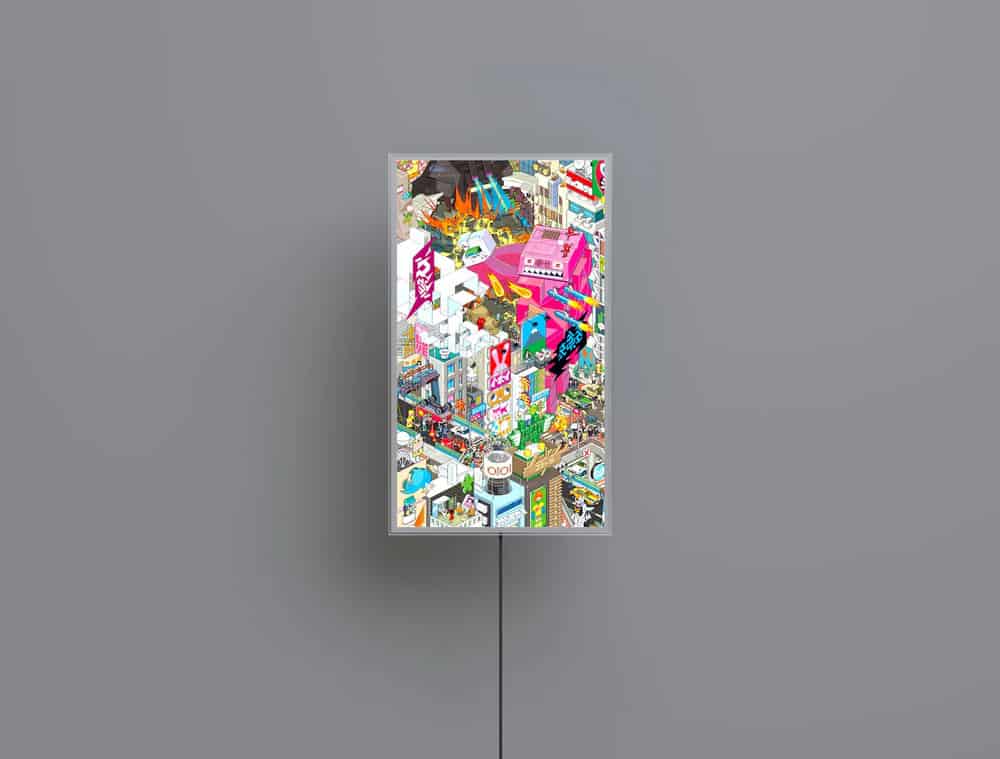
The minimalist MonoX7 is an internet-connected digital art display from https://mono.frm.fm/en/shop/
So back to explaining what an NFT or “nonfungible token” is. Go slow.
“An NFT is a unit of data representing a unique asset—such as an art, music, or video file—that can be traded like any other piece of property, only in this case, they’re bought and sold in a non-tangible form. The seller puts a single, original piece up for sale in a process called minting, and the buyer gets exclusive proof of ownership through the NFT. Anyone could take screenshots, download or create copies of the item, but the original file remains the only valuable piece, because it’s represented by the non-fungible token that can be tracked on a digital ledger known as the blockchain.”–NFT Cryptoart Guide
So an NFT is a smart contract asserting that this digital piece is the original and all the others are just copies (or “digital prints,” if we were to use a real-life analogue). You can then sell this digital original (the NFT), and it will be noted on the blockchain, which is essentially a system of recording information in a way that makes it difficult or impossible to change, hack or cheat the system. If the collector resells it, that transaction is also noted on the blockchainYou have access to the entire transaction history and can see how your work lives on the secondary market.
And what about that resale? Royalties? We never get any money when a collector resells our painting or our sculpture, do we? In the crypto world, however, you can manually set up a fee (usually between 10 to 30 percent) that you get each time someone resells your work. if you sell your original work for a dollar and then someone resells it for $1 million in 10 years, you can still get $100,000 from it.
I like this kind of craziness.
That feature alone is the single best reason why NFTs are great for content creators. It allows them to focus on making art without as much concern for its initial sale price. If their works become popular, they can start earning significant sums just from the secondary market in the future.
Is Everybody on LSD?
Now that I thought I kinda sorta understood this, I started actually looking at NFTs. I went to Niftygateway.com because that’s where my son’s friend Shapiro’s NFTs are for sale, but a recent list of top NFT platforms does not include it. No idea why. Perhaps because it’s better curated than the others hence not as big as the others? I definitely want to be on a well-curated platform so that will take a bit more digging. An NFT platform is where you would submit your NFT collection for sale; however, like musical chairs, NFT lists change quite a bit as this emerging technology develops. Judge for yourself. Here are some of the top places to which you can submit your NFTs:
1. OpenSea
2. Rarible
3. SuperRare
4. Foundation
5. AtomicMarket
6. Myth Market
7. BakerySwap
8. KnownOrigin
So I studied some of those platforms and cussed. Transparent pastel Gummy Bears in a Candyland landscape. Crystal demon cats with tennis shoes. This is not art, it is lunacy.
Why was so much of it like infantile short-attention span animations in garish colors with soundtracks? Shapiro was charming and almost reassuring with repetitive loops of his trademark lighthearted flamingos, but so much of what I saw out there appeared to be awful tourist art for nitwits, including a nasty-looking Whitney Houston with engorged silicone breasts. There oughta be a law. Wait, there is. I told you this was all so new, no-one can catch their breath to catch up to the juvenile jerks out there.
What if you don’t work digitally?
You don’t have to. If you’re a sculptor, you can iPhone video your work on a slow turntable rotation and that can become an NFT. Here’s a screenshot of Year 1000 – Refurbished by the NFT artist known as “NFN Kalyan,” a sculpture that simply rotates.
Hour by hour, day by day, week by week more and more artists have gone “nifty,” especially after December 2020, when Beeple’s piece, “Everydays: The First 5000 Days” sold for almost $69 million at Christie’s, which is Incomprehensible. Click the link above, learn more. It’s still incomprehensible. The Promethean NFT fire had lit up the world with excitement and opportunity, but where did I fit into all of this?
My ambivalence faded once I began seeing the likes of Brendan Dawes on Nifty Gateway. Brendan Dawes is a UK-based generative artist. Generative art refers to any art practice where the artist creates a process, a computer program, a machine, or other methodology, which is then set into motion with some degree of autonomy contributing to or resulting in a completed work of art. Yep. He’s making art. That happens to be how he’s doing it. A winner of both the Lumen and Aesthetica art prizes, Dawes makes work that has been featured in many exhibitions around the world, including “Big Bang Data” in 13 cities and three MoMA shows in New York. This is Brendon Dawes, Satellites, from an edition of 10 at $1,500 each. Sold out. Others go for $8,000 and are also sold out.
What I learned is that not everything is animated, nor a motion graphics mini-movie. The NFT market includes all manner of items coming from the world of music, writing, sports, etc. Crypto-art is in the act of becoming, and there appear to be few restrictions as to content.
In “Part Two, Make Your Move,” to be published in two weeks, Filippucci will recount how she prepares her “Chess Series” (top) for an actual NFT auction.
Contemporary American artist Sandra Filippucci has recently returned to Connecticut to build out her three-dimensional porcelain work, “Sisters of the Cloth,” in a new studio. She is part of a group of New York artists working with technology since the 1980s, and was the first artist to have a digitally based solo exhibition at the Museum of American Illustration in Manhattan.
WEBSITE | https://sandrafilippucci.com
INSTAGRAM | https://instagram.com/filippucciart
LINKS TO LEARN MORE
—https://www.nytimes.com/2021/05/12/magazine/nft-art-crypto.html
—https://builtin.com/blockchain/nft-cryptoart-guide
—https://www.coindesk.com/how-to-create-buy-sell-nfts
— https://consensys.net/blog/blockchain-explained/can-nfts-crack-royalties-and-give-more-value-to-artists/
—https://www.kapwing.com/resources/how-to-display-your-nft-crypto-art-collection
—https://techcrunch.com/2021/03/21/the-debate-about-cryptocurrency-and-energy-consumption
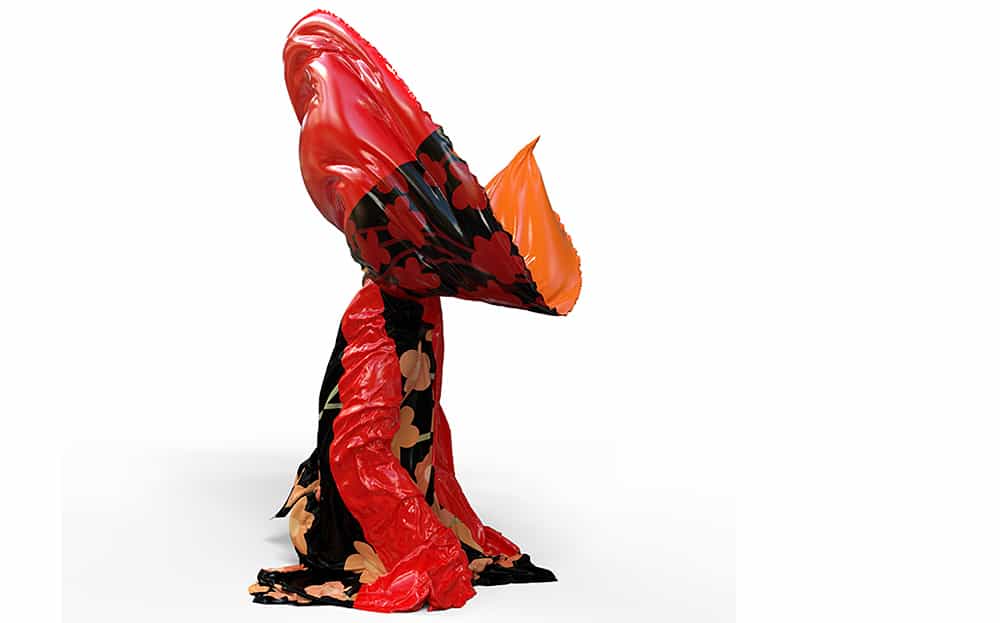
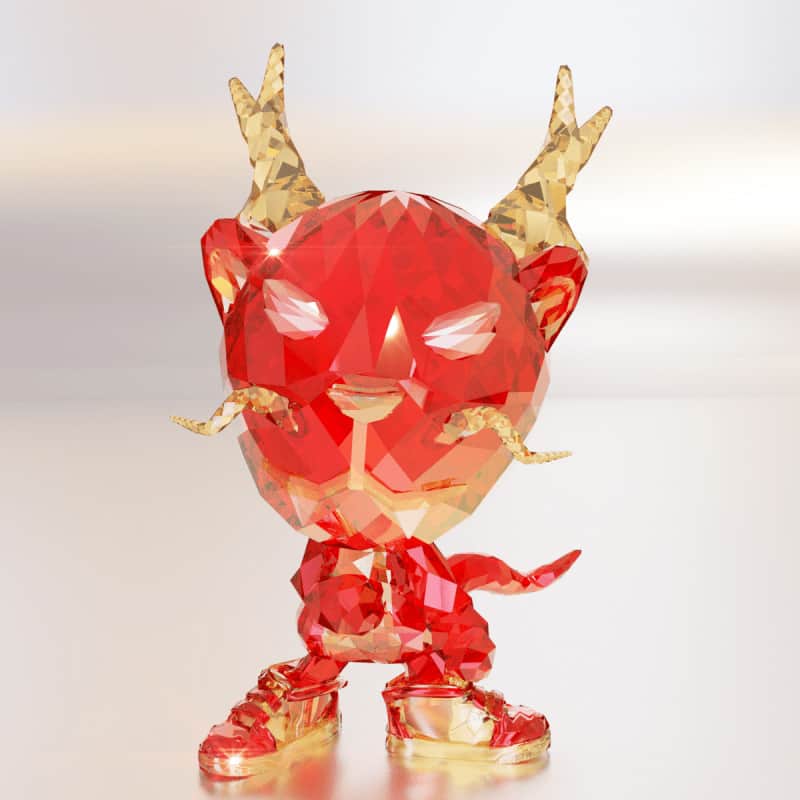
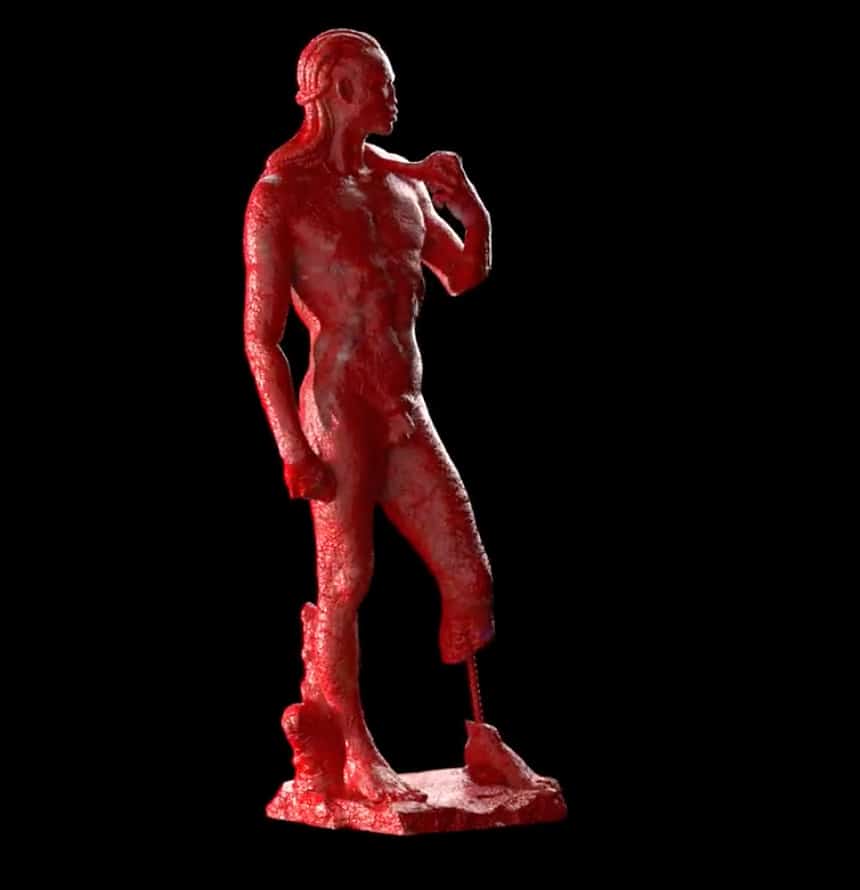
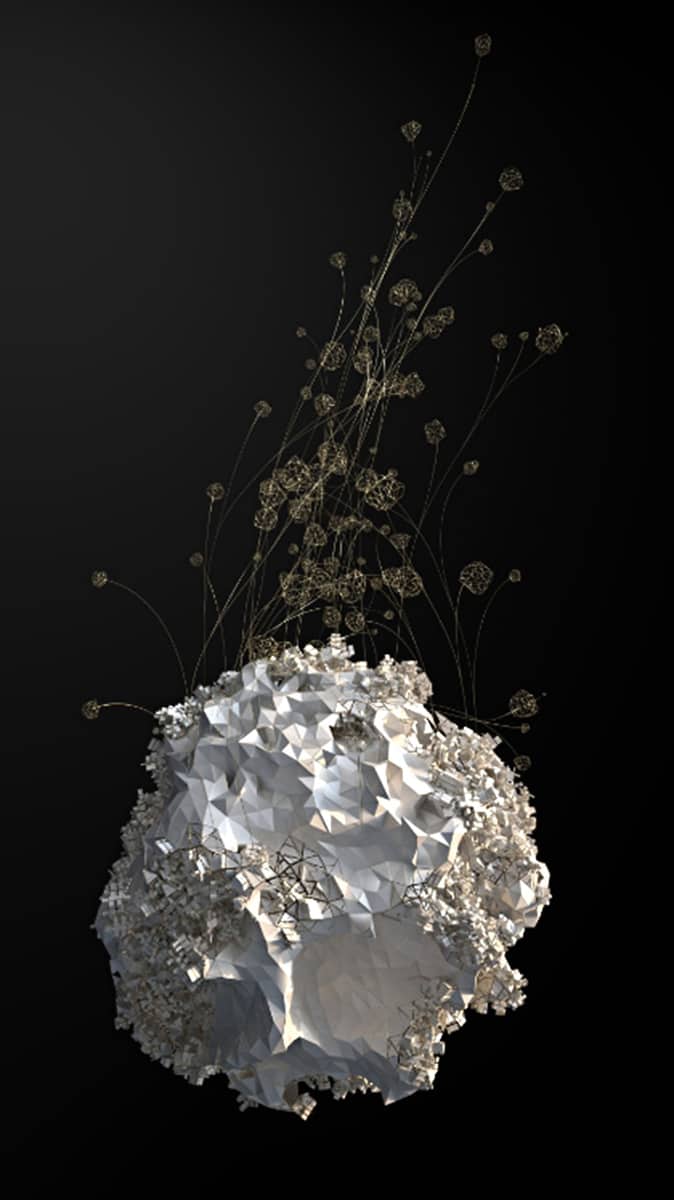
Fascinating subject written in a clear discription of NFTs along with some beautiful imagery.
I want to know more and will check your links! Thank you for sharing your journey and thoughts.
Thank you Patti. No idea how this will turn out but nothing ventured, nothing gained. And anyway, I might cast my 3d chess pieces into actual chess pieces. Stay tuned…
Thank you!! NFTs explained clearly with humor and great images..
I have a whole new appreciation and understanding!
You are welcome and thanks for commenting. We can also thank Ann Landi…she’s curious about everything!
Thank you for adding Sandra Filippucci’s article to your meaningful list of Vasari21 news. The best comprehensive explanation of how, what and where Art and NFT’s meet.
Much appreciated Linda. It’s a wide open field, constantly evolving. Stay tuned!
Much appreciated Linda. It’s a wide open field, constantly evolving. Stay tuned!
What an excellent article. Sandra you are a fine writer and this piece captures your
real live voice and all its humor. Thanks– I (almost) understand it. Actually I understand it, but just not why.
Really good article, Sandra. Embarrassingly, I understood only about ten percent of it. It seems, perhaps, that paint is dead for the time being, or…maybe..for the duration! XXX, L.